What interests me about the cinematography and style in the films by Wes Anderson that I've seen are his blocking and the theater style sets which he creates. Look at this shot from The Grand Budapest Hotel:
Let’s look at another shot from The Grand Budapest Hotel that alludes to the styles which Wes Anderson utilizes in most of his films:
This is included in some of his shots. Take a look at this shot:
The shots in The Grand Budapest Hotel were the best part of the film, and are the signature of the Wes Anderson cinematic style. His craft with storytelling also shine through as a strong point of the film, keeping the audience intrigued and guessing. Another strength of the film was its cast, which included Ralph Fiennes, Tony Revolori as Zero, Adrien Brody, Willem Dafoe, Saoirse Ronan, Jeff Goldblum, Edward Norton and Jude Law, and many other well known names. Wes Anderson has been known to use many actors in consecutive productions, which was again displayed in cameo roles for this film, including a short part for Bill Murray.
The film is a great one and definitely one you should take the time to see, especially if you enjoy the films that Wes Anderson typically creates. The Grand Budapest Hotel presents a quirky, visually beautiful, plot twisting comedy that focuses on the story of a young lobby boy. Wes Anderson was fully able to flex his cinematic strength with The Grand Budapest Hotel.


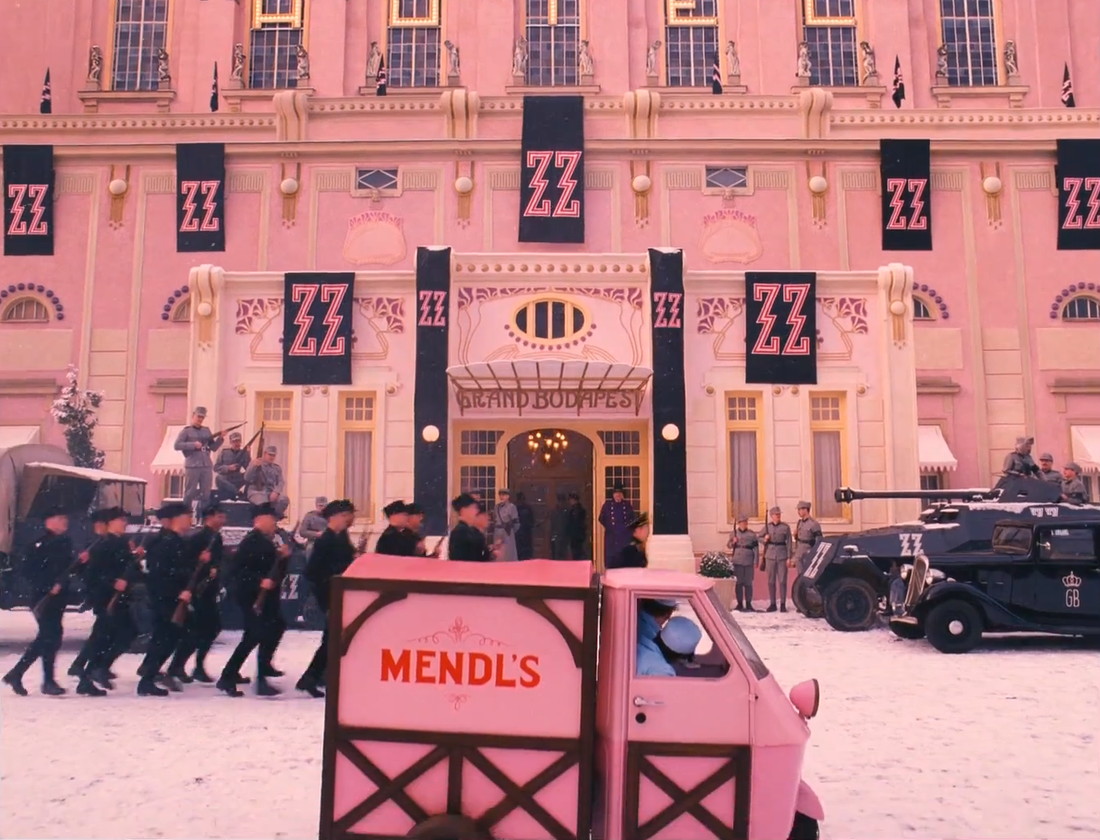

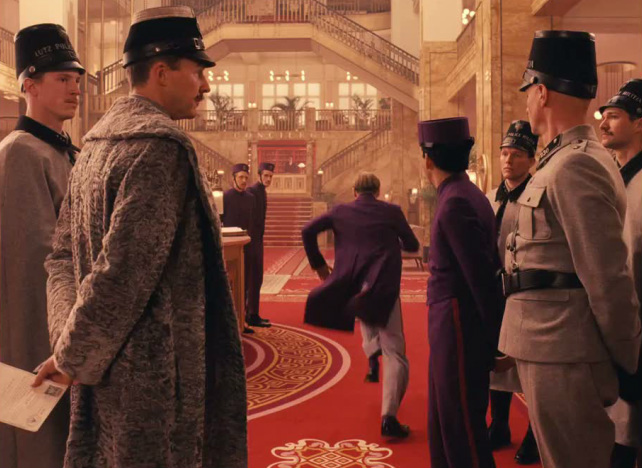
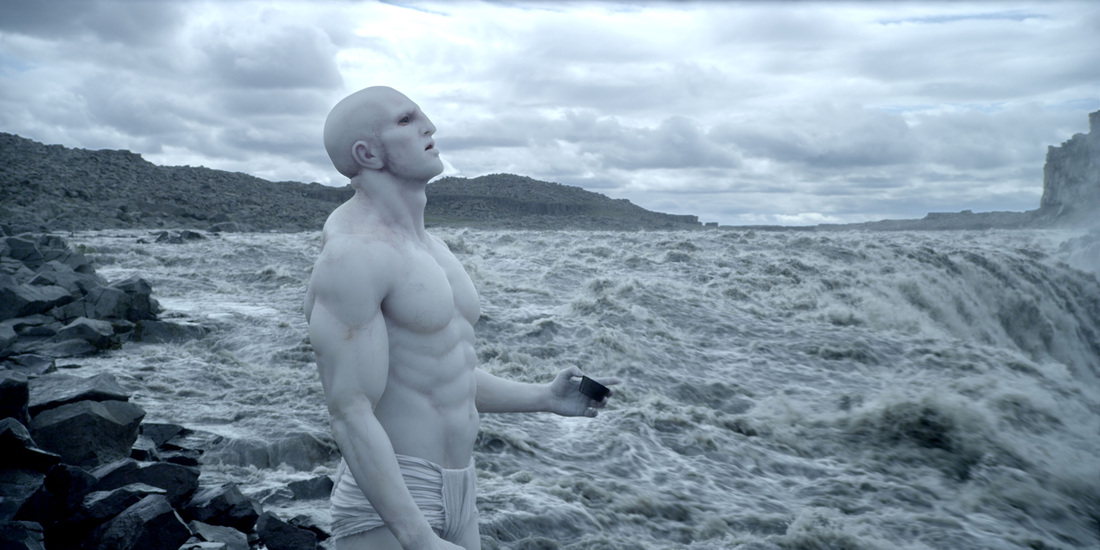
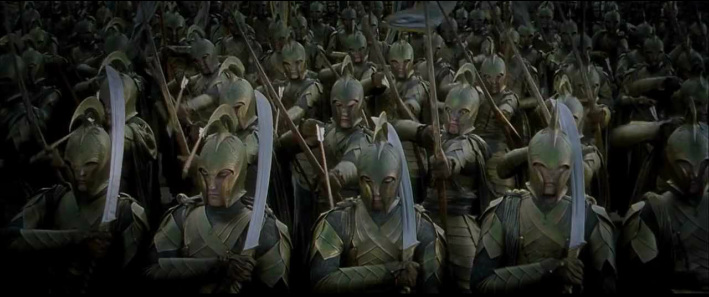
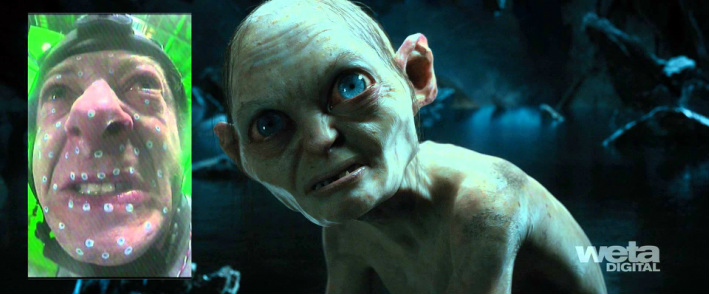
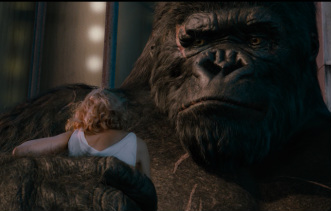

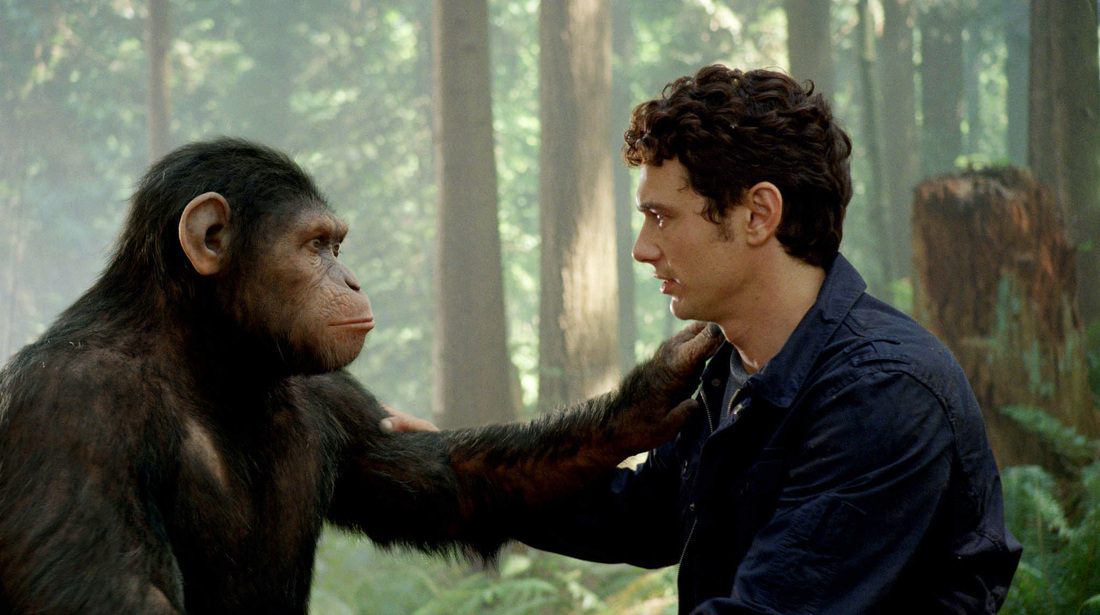
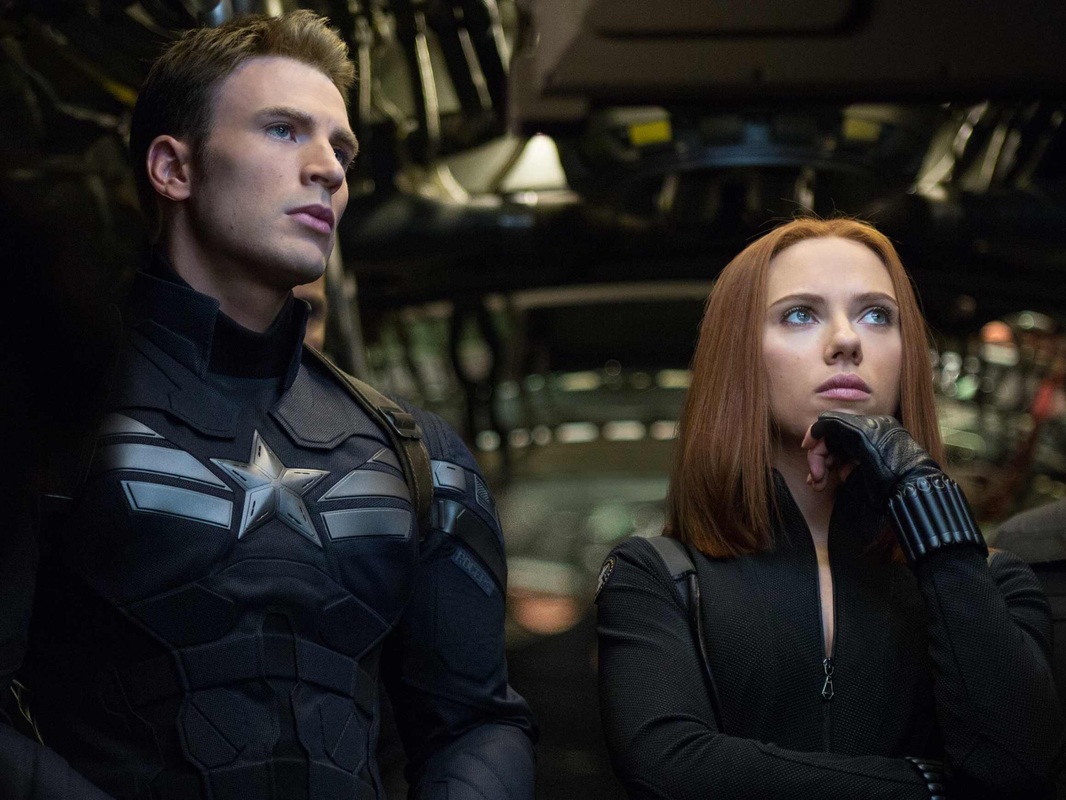
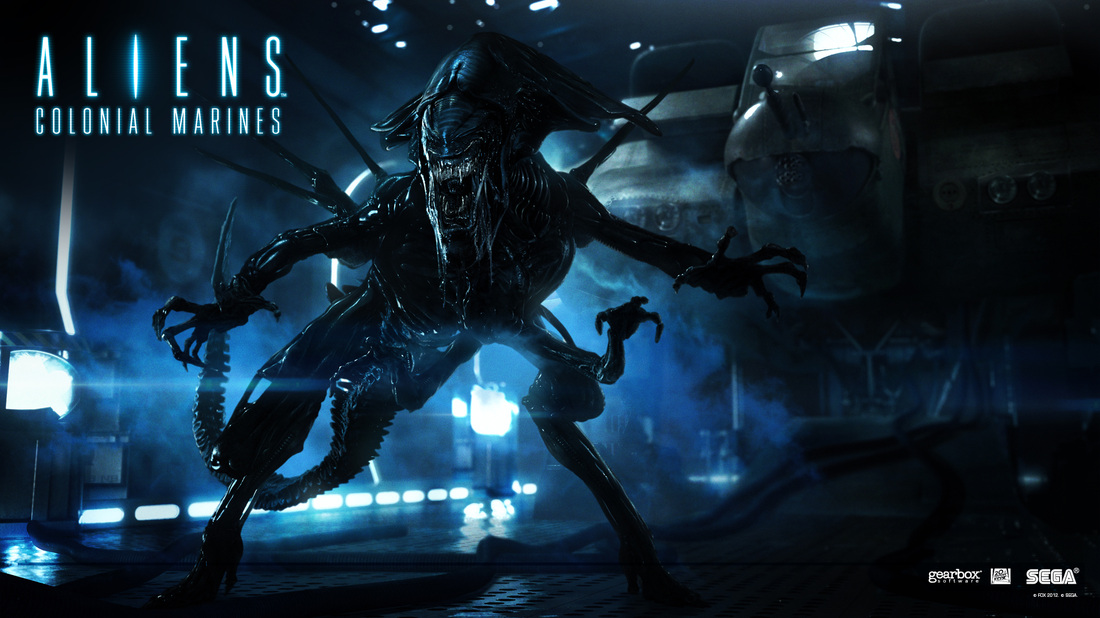
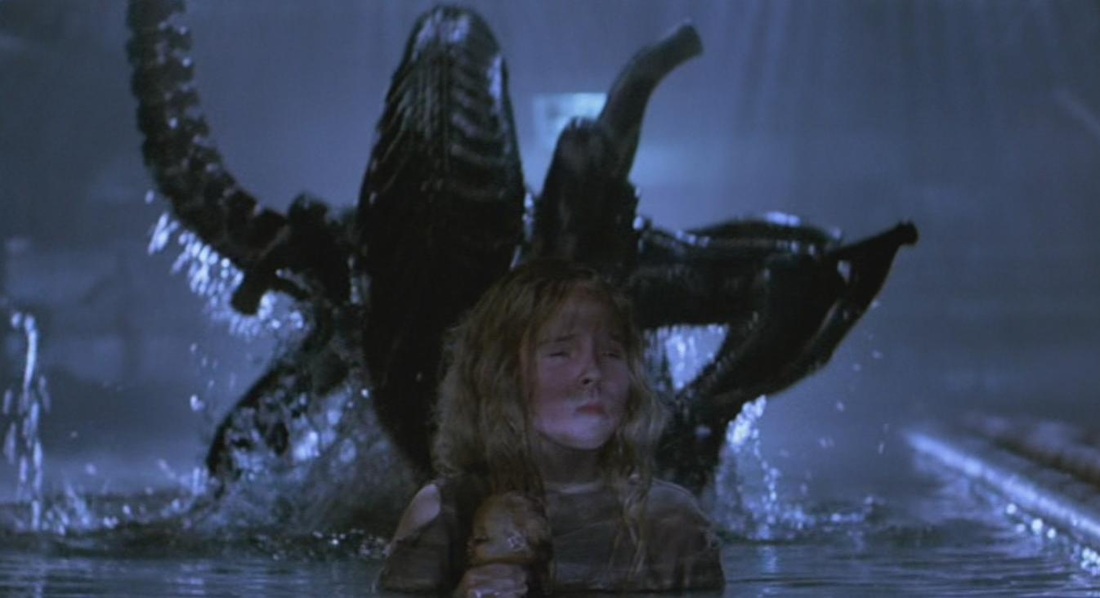
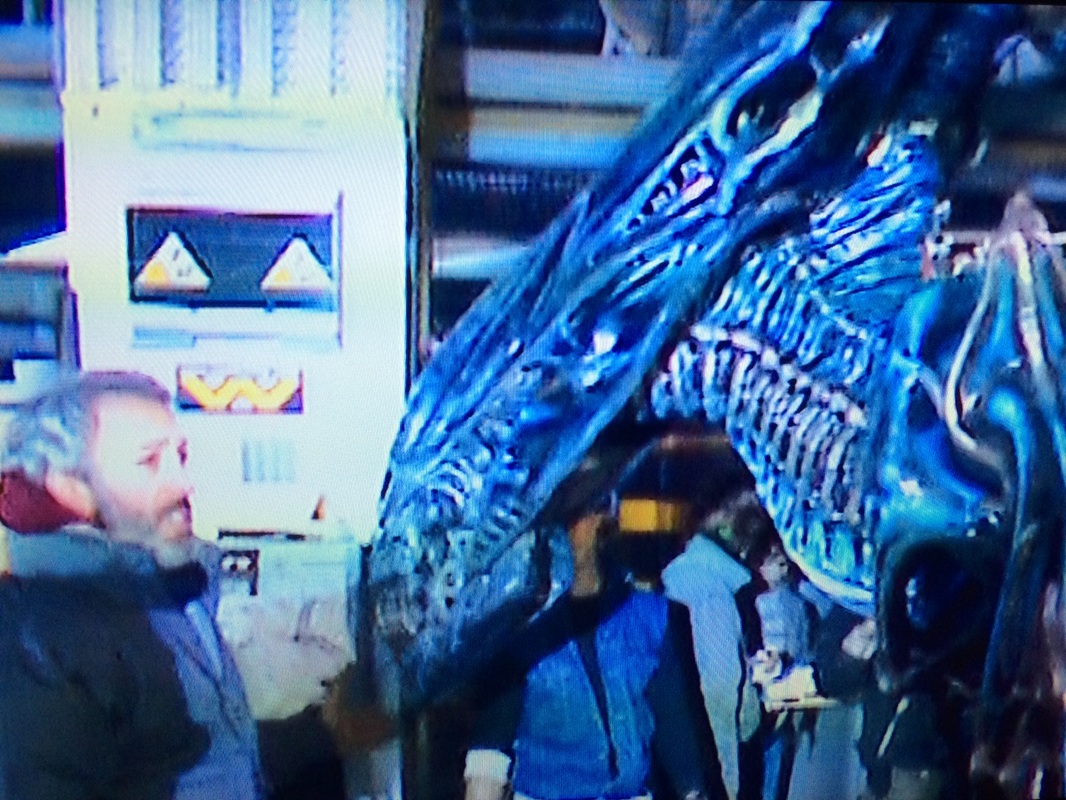
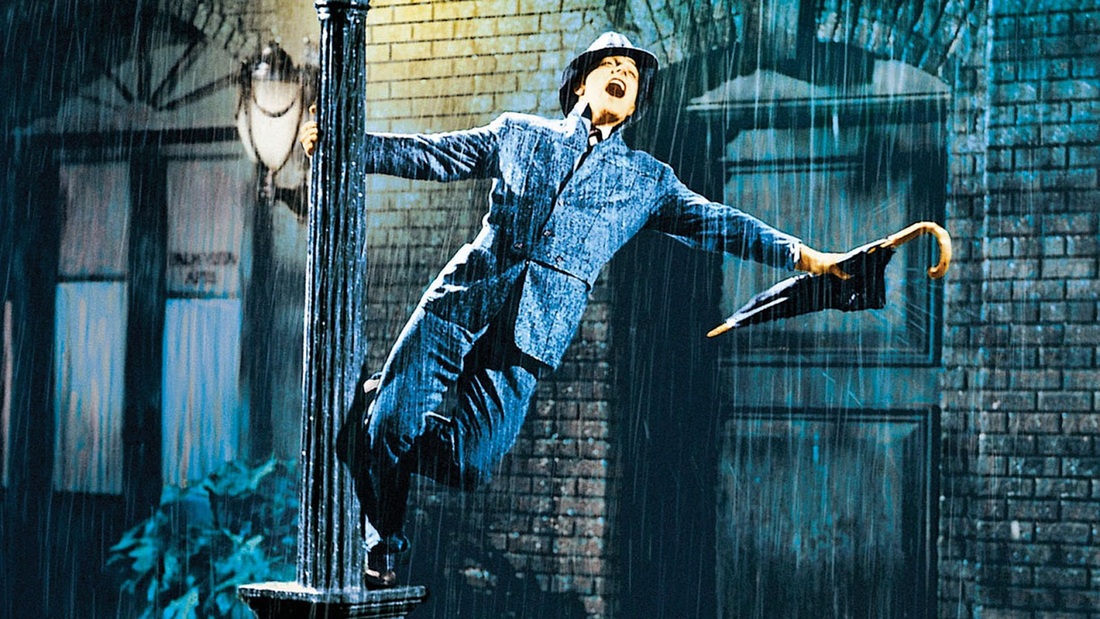
 RSS Feed
RSS Feed
